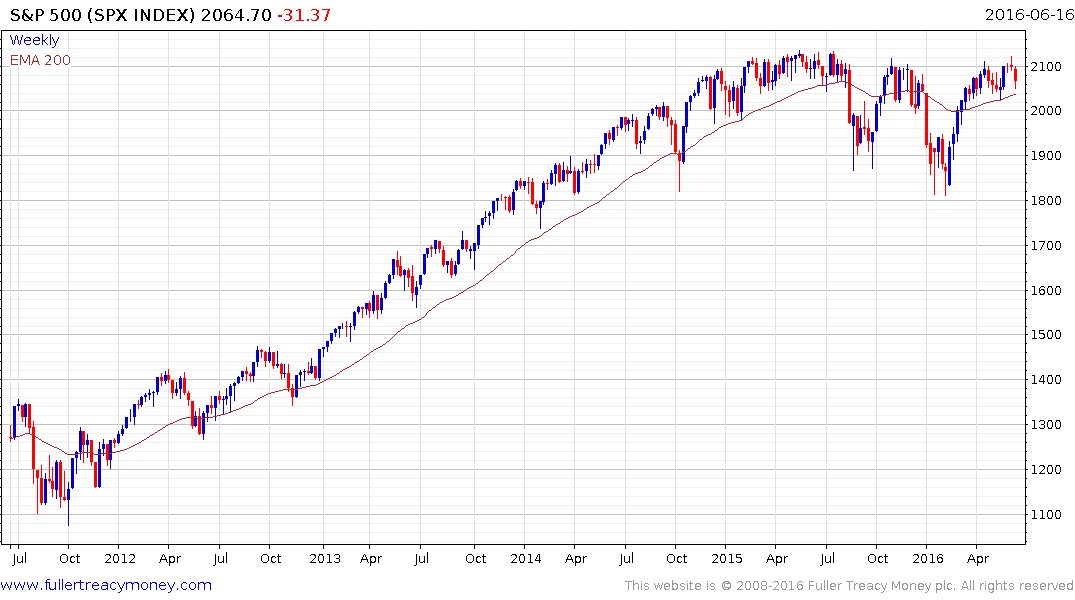Negative bond yields
Bond traders have been enjoying a very profitable time with central banks doing just about everything to make sure they make money, provided of course they are long. On the other hand bond investors are not happy. With close to 50% of all outstanding sovereign bonds and quite a few highly rated corporates now yielding less than zero the ability of bond investors to cover their liabilities, namely pensions, is far from ensured.
The problem is not today with prices surging higher and the price component of total return more than making up for the negative yield. The issue comes for those rolling out of maturing bonds, into negative yields with a view to holding to maturity. Valued on that basis one is sure to lose money even if price do not fall and yet that is not the primary issue to consider.
As Howard Marks comments on the video I posted yesterday. Today “investors can have either security or income but not both” That is a recipe for a future problem but the big question is whether it is a problem today. If central banks have not achieved their goals of self-sustaining growth are they more likely to continue on the path of extraordinary accommodation or try monetary probity. Having embarked on the former in many respects it is too late to try the latter and with a mountain of debt the only way to get out from under it is through inflation and therefore even more extreme monetary measures.
The bond market is about negatives. In order to succeed you have to adopt a depressive stance so you can identify how bad a situation might possibly get, so you can then decide whether it is worth investing in. I’ve been watching what high profile bond investors are saying and they are all pointing out the problems that are developing in the bonds markets while also expressing the view it is likely to get worse before it gets better.
When I wrote Crowd Money between 2011 and early 2013 I envisaged the bond market and normalisation of interest rates as representing a hump over which equity markets would have to climb before a secular bull market could really come into evidence. More recently I have been considering whether we need to see a bubble develop before the problems in the bonds markets, so many have identified, are resolved.

The S&P500 broke out to new highs in early 2013 and has been largely rangebound since late 2014. A congestion area like this represents an explosion waiting to happen and that can be either up or down. Stories like this one citing Chinese state selling suggest the short-term bias remains downward.
On the other hand, with the possible catalyst of Brexit occurring next week, it is also worth considering what the bullish ramifications might be. A sustained breakout to new highs would likely signal the beginning of the third psychological perception stage of a bull market which is associated with a mania.
How central banks respond to the deflationary signal coming from the bond markets will be an important arbiter for how markets respond.
Back to top


